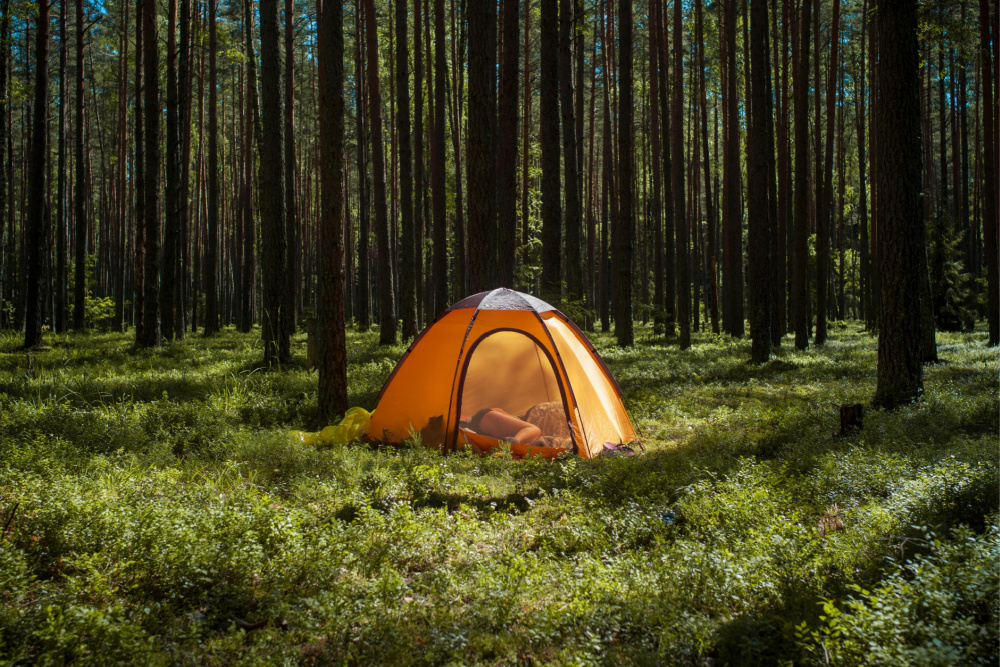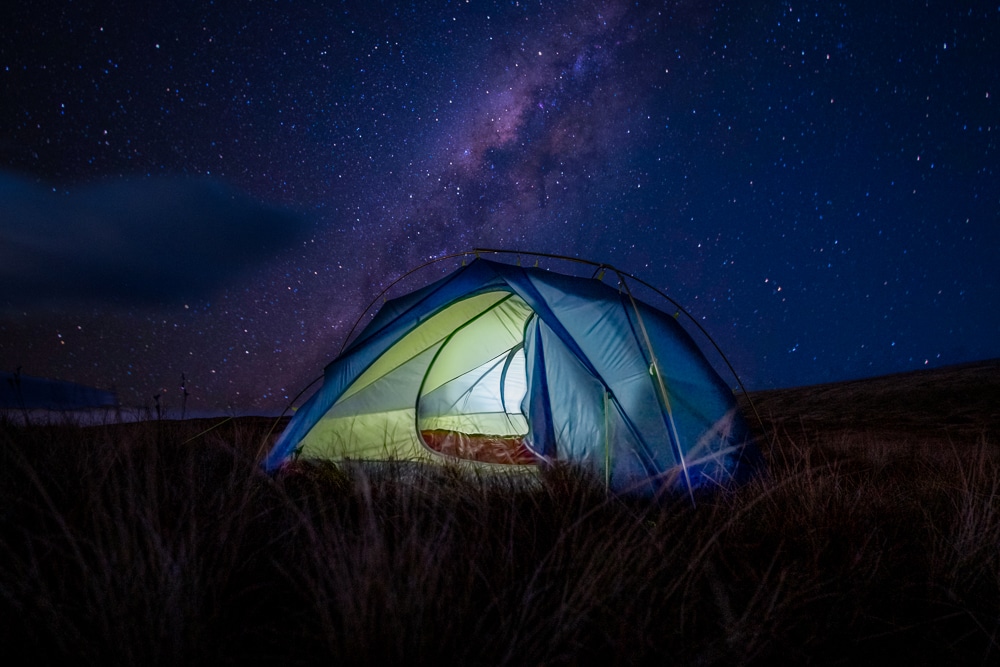Our comprehensive guide on how to choose a tent will ensure dry and comfortable nights whatever the weather
If you ask me, time in a tent is time well spent. I’m usually most content when under canvas. With the distractions of modern life left behind, I find that camping has a detoxifying effect. At the end of a day on the trail, I pitch my tent, eat, drink, sleep. In the morning I strike my tent and then repeat. It’s a simple but good life.
Of course, knowing how to choose a tent is not so simple. There is a slew of options available with a glossary of bewildering jargon to match. It can be a confusing affair and potentially an expensive one if you get it wrong. If you get it right, however, you will enjoy comfort, reliability and some of the best views money can’t buy night after night.
To make the process easier, we’ve put together a comprehensive buying guide on how to choose a tent.
How to choose a tent
When considering how to choose a tent, it’s worth asking a few fundamental questions first.
Considerations
- Where are you going?
- When are you going?
- What will the weather be like?
- Are you going overnight hiking or multi-day trekking?
- What other equipment will you be carrying?
- What activities will you be doing?
- What terrain will you be pitching on?
- Are you staying at a campsite or wild camping?
- Who are you going with? Can you split gear?
- Are you going off grid or will you have access to amenities?
Knowing the answers to these questions will help you decide what tent design you need and what features are important. For example, an ultralight hiker on a weekend jaunt in the middle of summer will require a vastly different setup to a backpacker completing a winter crossing of the Arctic Circle Trail in Greenland.
Tent designs
The design of a tent will have a significant impact on how it performs in certain conditions. Below is a brief look at the types of design and their common uses.
Dome
Dome tents are the general camping tent and the most popular design. Although not as strong, technical, light or weatherproof as other designs, they are easy to pitch and usually more spacious.

They feature two poles which cross once, normally at the highest point – the apex of the dome. Dome tents are used in a wide variety of circumstances such as short…
Click Here to Read the Full Original Article at Atlas & Boots…
